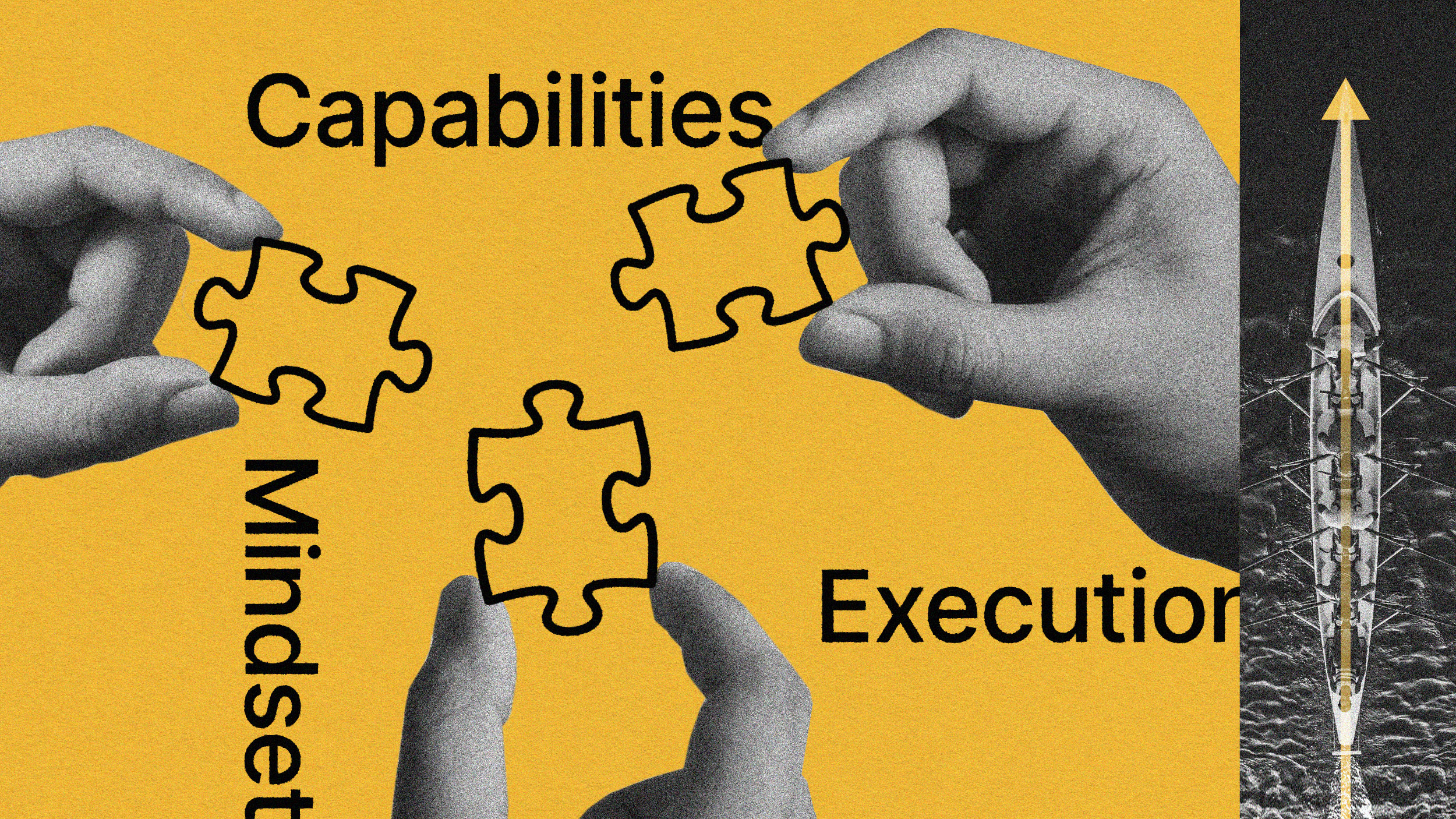How to Integrate Mindful Business Practices in the Workplace

Mindfulness at work has been picking up traction in western businesses and organizations in recent years. Major companies like Google, General Mills, Apple, Intel, and Nike are embracing mindfulness in the workplace to improve productivity and employee well-being. According to statistics cited by Inc, service providers for this form of alternative care are part of an estimated $1.1 billion industry of meditation and mindfulness training.
Big Think expert John Kabat-Zinn, in his video “Paying Attention on Purpose: A Love Affair with Life As It Is,” says that regularly practicing mindfulness can change the activity and architecture of your brain, as well as positively impact your epigenetics in ways that benefit your health.
Here are four tips to help you start integrating mindful business practices at work.
1) Shift the Organizational Focus to Your Organization’s Audience
Begin by shifting the organization’s focus from strictly generating revenue and profit to focusing on the wants, needs, and goals of your customers, clients, or audience. It is about developing a level of awareness by providing transparency as well as a connection with those who use your products or services.
2) Encourage Awareness of the Power and Impact of Emotions
Research shows that organizations that cultivate and promote positive emotions tend to develop more creative and happy employees, which boosts productivity.
In his video, “Create a Positive Work Environment,” Big Think expert Dan Shapiro outlines the five core emotional concerns of employees:
- Appreciation: Promote a sense of understanding and appreciation that comes from the organization’s leadership.
- Autonomy: Help employees feel like they have the freedom to think and feel individually without too many restrictions from leadership.
- Affiliation: Help employees feel more connected to the organization.
- Status: Enable employees to feel respected for the skills, knowledge, and expertise they bring, which helps them want to work harder and be more productive.
- Role: Evaluate the roles people play within your organization to determine how to make them more meaningful and satisfying for the employees.
3) Reduce Multitasking Practices
News correspondent and Big Think expert Dan Harris says that there is no such thing as true multitasking. What we perceive as multitasking is simply inefficient task switching that wastes time and resources. Harris says that it is better to focus on one thing and do it well than try to do multiple things and fail:
“So if I’m on the phone I turn off my computer monitor and actually listen, radical as it may sound, to the person to whom I’m speaking. If I’m working on a story at work, writing a story, I shut down my email and try to actually focus on what I’m doing. And what I’ve found is that I move through my tasks in a much more rapid way, in a much more effective way and I’m doing a better job.”
4) Create a Time and Space for Meditation and to Disconnect
Some organizations are taking the mindfulness at work approach to a whole new level. Companies like The Penny Hoarder even provide spaces and set periods of time during the work day for employees and leaders to engage in optional meditation to create “headspace” and a peaceful environment.
Big Think expert and Huffington Post CEO Arianna Huffington says that it is important for employees to disconnect from technology and set boundaries. Huffington says in a Big Think video:
“Unquestionably, mindfulness enhances… our clarity of thought… One of the main reasons is because by allowing us to be in the moment, it means we don’t stay with what just happened… Otherwise, you’re going to carry the mistake with you and your actions and your decisions are going to be impaired because of that.”
To learn more about how to employ mindfulness techniques at work, check out the Big Think+ expert class “Managing Risk” with Big Think expert and former U.S. Secretary of the Treasury Timothy Geithner. Click on the image banner below to learn how to find a Big Think+ video learning program that is the right fit for your organization.




